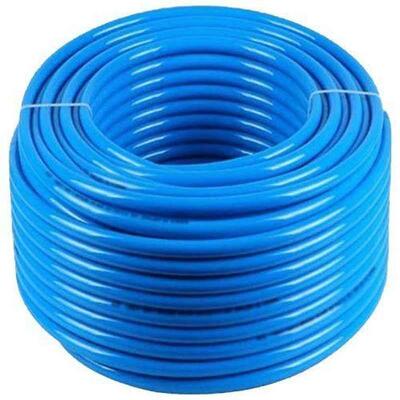Pneumatic Pipe – 10mm
₨ 14,000
Features of 10mm Pneumatic Pipes:
Diameter: A 10mm pneumatic pipe refers to the outer diameter of the pipe. The inside diameter may vary depending on the thickness of the pipe walls, but the outer diameter remains consistent at 10mm. This size strikes a balance between airflow capacity and structural stability, making it suitable for various pneumatic applications.
Material: Pneumatic pipes are typically constructed from materials capable of withstanding the pressure and stress of compressed air or gas. Common materials used for 10mm pneumatic pipes include polyurethane (PU), nylon, or polythene. These materials offer excellent flexibility, durability, and resistance to abrasion.
Flexibility: 10mm pneumatic pipes possess a certain level of flexibility, allowing for easy routeing and installation. While not as flexible as smaller diameter pipes, the 10mm size still provides versatility in terms of system design and installation options.

